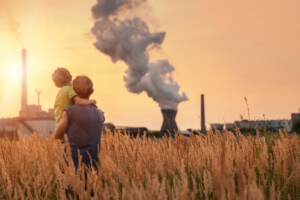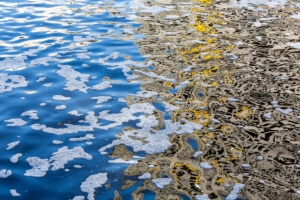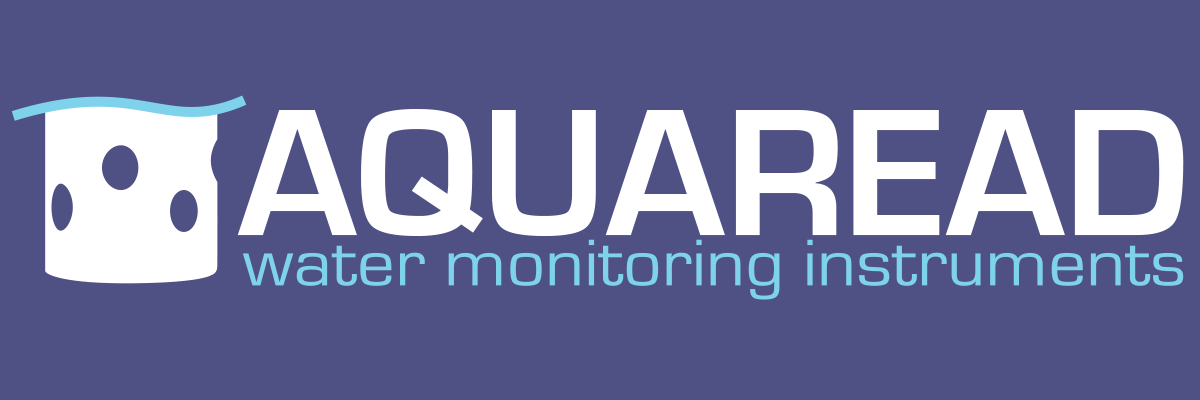
Chemical runoff is a major source of water pollution. It occurs when there is more water than land can absorb. In extreme cases, the excess flow of liquid can cause irreversible damage to everything in its path. However, with regular monitoring, the worst case scenario can be prevented.
Natural and human-made chemical runoff
To spot chemical runoff it is important to know what to look for. Water testing and monitoring equipment can help with this by highlighting dangerous substances in the water. Chemical runoff can be both a natural and human occurrence. Natural occurrences, like volcanic eruptions, cause toxic gases to be released, these make their way to the water or soil as precipitation.
Chemical runoff from human activity can be separated into two categories; point source and nonpoint source. Point source is any pollution that empties directly into a waterway, such as the waste products of a factory. Regulations are put in place to limit this amount. Nonpoint source is when chemicals do not go directly into waterways. This includes items such as fertilizer and gasoline that are carried by rainwater and irrigation into local streams.
Damage to the environment
According to the United Nations Development Programme, 80 per cent of all ocean pollution comes from land-based activities. Entire ecosystems can be destroyed by chemical runoff, and not only are those that inhabit the water at risk but also those that eat creatures of the sea, like birds and humans. Furthermore, often the concentration of pollutants increases as it moves up the food chain, a process known as biomagnification. Chemical runoff is also an economic threat in addition to being an environmental one. Damage to ecosystems can consequently affect the communities and jobs that rely on them to make a living, such as fishermen.

Reducing the impact of chemical runoff
The effects of chemical runoff can be reduced in several ways. Farms are a major nonpoint source of chemical runoff, as rainwater and irrigation wash fertilizers and pesticides into bodies of water. This process is exacerbated when fertilizer is used just before heavy rainfall.Farmers can reduce the amount of fertilizer they use, adapt to the weather, and switch to more environmentally friendly varieties.
Another way to reduce the impact of chemical runoff in more urban areas is through increasing the number of permeable surface areas such as parks and fields. Soil acts like a sponge, so it filters and absorbs many harmful chemicals. City planners can also enforce laws on littering and pet waste disposal, and provide trash cans along popular pedestrian routes. Planting more vegetation can help prevent runoff from entering waterways.
Finally, businesses, such as restaurants, should dispose of waste and contaminated water according to regulations.
Test, test, and test again
If chemical runoff is suspected then precautions must be taken and testing carried out. Nevertheless, it is best to be proactive than reactive, and by regularly monitoring water quality you can act on the negative impact before it becomes a larger scale issue.
Testing the levels of dissolved oxygen and the water’s temperature are two of the most important factors in measuring the quality of water, as these clearly indicate its ability to support plants and animals. There are many different factors that affect the amount of dissolved oxygen in water, the main one is temperature. As water gets warmer, less gas is dissolved. Natural and human-made chemical runoff can affect a waterways temperature.

At Aquaread we offer a wide range of high-calibre water quality measuring devices that are all suitable for spot, short and long-term deployments. This equipment offers more accurate results compared to test strips and colour disk kits. If you have any questions about water quality testing then don’t hesitate to contact us.
